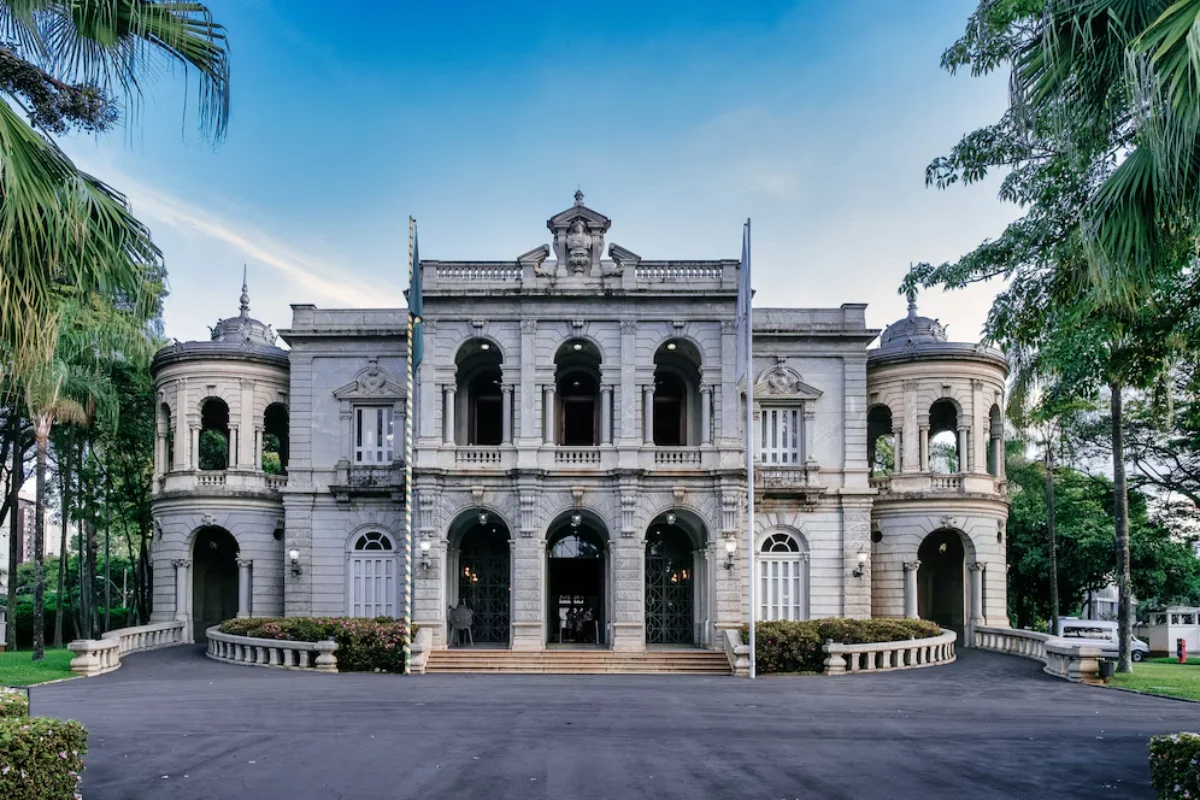
The Influence of Colonial Architecture on Modern Travel
Colonial architecture is rich in details and history. Its beauty captivates people worldwide. High ceilings, winding staircases, and shiny antiques from the 19th century draw in modern visitors. They come not only to see the past but also to enjoy its blend with new designs. This blog will explore how colonial architecture influences modern travel. We will look at its historical roots, its current appeal, and its role in shaping today’s travel scene.
Modern travel goes beyond just visiting new places. It’s about diving into the history and culture each destination offers. Colonial architecture, with its mix of charm and heritage, adds to this experience. From the grand buildings of British India to the quaint towns in the Americas, these structures share stories of the past. They attract travellers who want to connect with history.
Colonial architecture draws visitors into a different time. It offers a glimpse into the colonial history that shaped nations. In this exploration, we will uncover why colonial architecture fascinates people. We will also see how it influences modern travel.

Key Benefits / Why It Matters
Understanding the influence of colonial architecture on modern travel requires an appreciation of its historical significance and impact on cultural identity. Here, we’ll delve into why this architectural style continues to matter in today’s travel landscape.
Preserving Architectural Heritage
Colonial architecture connects us to the past. It preserves the heritage of areas once under colonial rule. These buildings are more than just structures; they are living history. They show the cultural exchanges and influences from the colonial era. Travellers are attracted to these sites for a chance to see history up close.
The colonial architecture of Havana, Cuba, features vibrant colours and detailed facades. It shows the Spanish influence in the Caribbean. Likewise, the British colonial buildings in Kolkata, India, highlight the grandeur of the British Empire in Asia. These sites aren’t just tourist spots but cultural landmarks that shape a region’s identity.
Enhancing Travel Experiences
Colonial architecture enhances travel experiences by providing a sense of place and context. Travellers often seek destinations that offer more than just scenic beauty; they want to understand the stories behind the places they visit. Colonial architecture, with its distinctive style and historical context, adds depth to travel experiences, allowing visitors to connect meaningfully with the past.
Consider the colonial towns of Latin America, such as Antigua in Guatemala or Cartagena in Colombia. With their cobbled streets and well-preserved colonial buildings, these towns offer a glimpse into the past while providing a backdrop for modern cultural experiences. Travellers can explore these towns, learn about their colonial history, and engage with local communities, creating a rich and immersive travel experience.

Step-by-Step Guide / Actionable Insights
Travellers interested in exploring colonial architecture must plan their journeys thoughtfully. Here, we’ll provide a step-by-step guide to help travellers make the most of their architectural explorations.
Research and Planning
Before embarking on a journey to explore colonial architecture, it’s crucial to conduct thorough research. Understanding the historical context and significance of the sites you plan to visit will enhance your appreciation of the architecture. Look for books, documentaries, and online resources that delve into the region’s colonial history.
Next, create a travel itinerary that includes key colonial sites. Consider visiting UNESCO World Heritage Sites, which are often recognised for their historical and cultural importance. Additionally, seek out lesser-known sites that offer unique insights into the region’s colonial past.
Engage with Local Experts
Consider engaging with local experts and guides to gain a deeper understanding of colonial architecture. These individuals often possess extensive knowledge about the history and significance of the architecture, providing valuable context and insights. Guided tours can offer a more comprehensive experience, allowing travellers to appreciate the nuances of the architecture they encounter.
Immerse Yourself in the Local Culture
Colonial architecture is often intertwined with a region’s culture and traditions. To fully appreciate the architecture, immerse yourself in the local culture by attending cultural events, trying traditional cuisine, and interacting with local communities. This will provide a holistic understanding of how colonial influences have shaped the region’s identity.
Document Your Journey
As you explore colonial architecture, document your journey through photography, journaling, or blogging. Capturing the beauty and intricacies of the architecture will not only serve as a personal memento but inspire others to appreciate and explore these historical sites. Share your experiences on social media to connect with like-minded travellers and foster a community of enthusiasts.

Additional Expert Tips & Common Mistakes to Avoid
As you embark on your journey to explore colonial architecture, remember these expert tips to enhance your experience and avoid common pitfalls.
Respect the Sites
When visiting colonial sites, it’s essential to respect the historical and cultural significance of the architecture. Avoid touching or climbing on structures, as this can cause damage and degrade the site’s integrity. Follow any guidelines or rules set by local authorities to ensure the preservation of these important landmarks.
Avoid Surface-Level Exploration
While it’s tempting to visit as many sites as possible, avoid a surface-level exploration of colonial architecture. Instead, take the time to delve deeper into the history and stories behind each site. Engage with local experts, ask questions, and seek out additional resources to comprehensively understand the architecture’s significance.
Be Mindful of Cultural Sensitivities
As you wander through landscapes steeped in colonial history, tread lightly. Every stone and street carries stories, many-layered with complex emotions. Recognise that what seems like history to one may feel personal to another. Keep an open heart and mind, embracing the rich tapestry of diverse perspectives. Respect the narratives of those you meet as you embark on this learning journey.
Advanced Insights / Expert Recommendations
Consider these advanced insights and expert recommendations for those seeking a more in-depth exploration of colonial architecture.
Explore Architectural Styles and Influences
Colonial architecture encompasses various styles and influences, reflecting the diverse cultures and regions that were part of colonial empires. Delve into the architectural styles that emerged during the colonial era, such as Baroque, Neoclassical, and Gothic Revival. Understanding these styles will enhance your appreciation of the architecture’s complexity and beauty.
Study the Impact of Colonial Architecture on Modern Design
Colonial architecture has dramatically influenced modern design. It shapes today’s architectural trends and practices. Let’s look at how colonial features, like verandas, courtyards, and decorative facades, appear in modern buildings. This will show the lasting legacy of colonial architecture and its importance in today’s designs.
Contribute to Preservation Efforts
As a wanderer enchanted by colonial architecture, you can be a guardian. Join the cause to preserve and restore these historical gems. Support organisations dedicated to protecting our architectural heritage. Advocate for the conservation of endangered sites, ensuring their stories endure. Your contribution helps future generations cherish and learn from these timeless treasures. Be a steward of history; make your mark on the world!
Conclusion: Preserving the Legacy of Colonial Architecture
Colonial architecture has a rich history and lasting charm. It still fascinates modern travellers, offering a glimpse into the past. As this blog shows, colonial architecture greatly influences travel today. It enhances experiences by giving a sense of place, context, and cultural identity.
Set sail on a voyage through colonial architecture’s rich tapestry. Approach each site with respect, curiosity, and an open heart. Engage with local experts and immerse yourself in authentic culture. Capture your experiences in vivid detail to inspire fellow explorers. Doing this will enhance your journey while aiding the preservation of these architectural gems.


